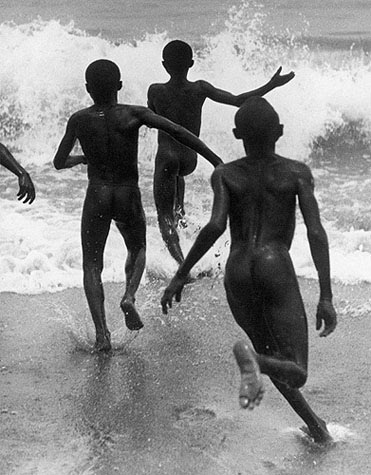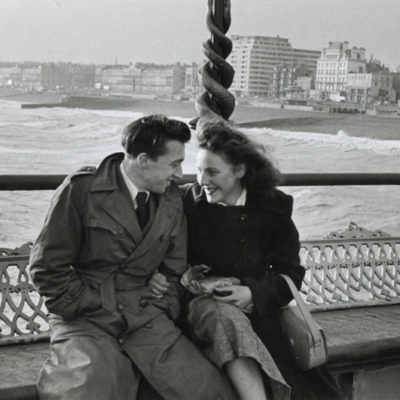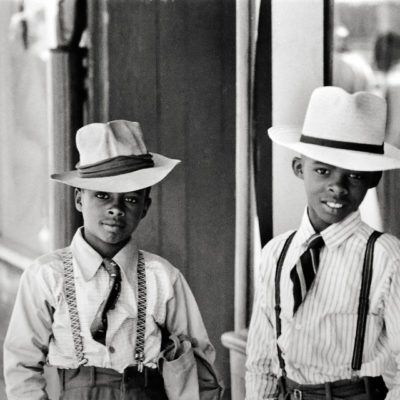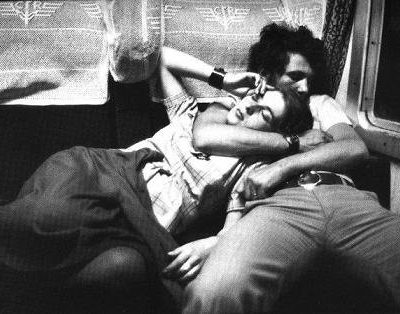Yesterday, the world celebrated the birthday of Henri Cartier Bresson. One of the most important and influential photographers of all time. Bresson is considered to be the father of the Decisive Moment theory in photography as well as the founder of modern photojournalism (creating images in order to tell a news story)
Here are five things you might not know on Henri Cartier Bresson:

#1- His true love was actually drawing: he was introduced to the world of painting and drawing by his uncle Louis, who later died in World War I. At the age of 19, Cartier-Bresson entered a private art school in the Lhote Academy. Although almost all his adult life he worked as a photographer, He returned to the world of painting, when he was nearly seventy years old, saying, “All I care about these days is painting—photography has never been more than a way into painting”.
In 1975 he completely stopped taking photographs
#2 inspiration: Bresson claimed that his inspiration for photography came for this image, by Hungarian photojournalist Martin Munkacsi
“Three Boys at Lake Tanganyika”, by Martin Munkacsi. 1929/1930.
He later said of this image: I saw a photograph of three black children running into the sea, and I must say that it is that very photograph which was for me the spark that set fire to the fireworks. It is only that one photograph which influenced me. There is in that image such intensity, spontaneity, such a joy of life, such a prodigy, that I am still dazzled by it even today.
#3 Creating the “decisive moment”: One of the most influential concepts in the photography world today- “the decisive moment” actually means images on the run.
Not many people know this but, in the early stages of Bresson’s career, his mentor was Endre Ernő Friedmann who later changed his name to Robert Capa, considered to be the best war photographer in history. Bresson, Capa, and two other photographers George Roger and David “Chim” Seymour, would later join forces to create the photographic agency Magum. They claimed that Magnum would allow them and the fine photographers who would follow, the ability to work outside the formulas of magazine journalism.The agency, initially based in Paris and New York, later adding offices in London and Tokyo, departed from conventional practice in two fairly radical ways. It was founded as a co-operative in which the staff, including co-founders Maria Eisner and Rita Vandivert, would support rather than direct the photographers. One of the reasons for this was that Capa didn’t want Bresson to be tagged as an artistic photographer: “Don’t keep the label of a surrealist photographer, be a photojournalist, If not, you will fall into mannerism. Keep surrealism in your little heart, my dear. Don’t fidget. Keep moving!” he told him.
5# Bresson never, ever used flash in his photography: A practice he saw as “impolite…like going to a concert with a pistol in your hand.”
Now I’ll leave you to enjoy some breath taking work.
As always, if you like this pos, and want to see more, please share your thoughts in the comments section
Oded
** I wish to thank Linda Burnette for helping me in writing this post**




